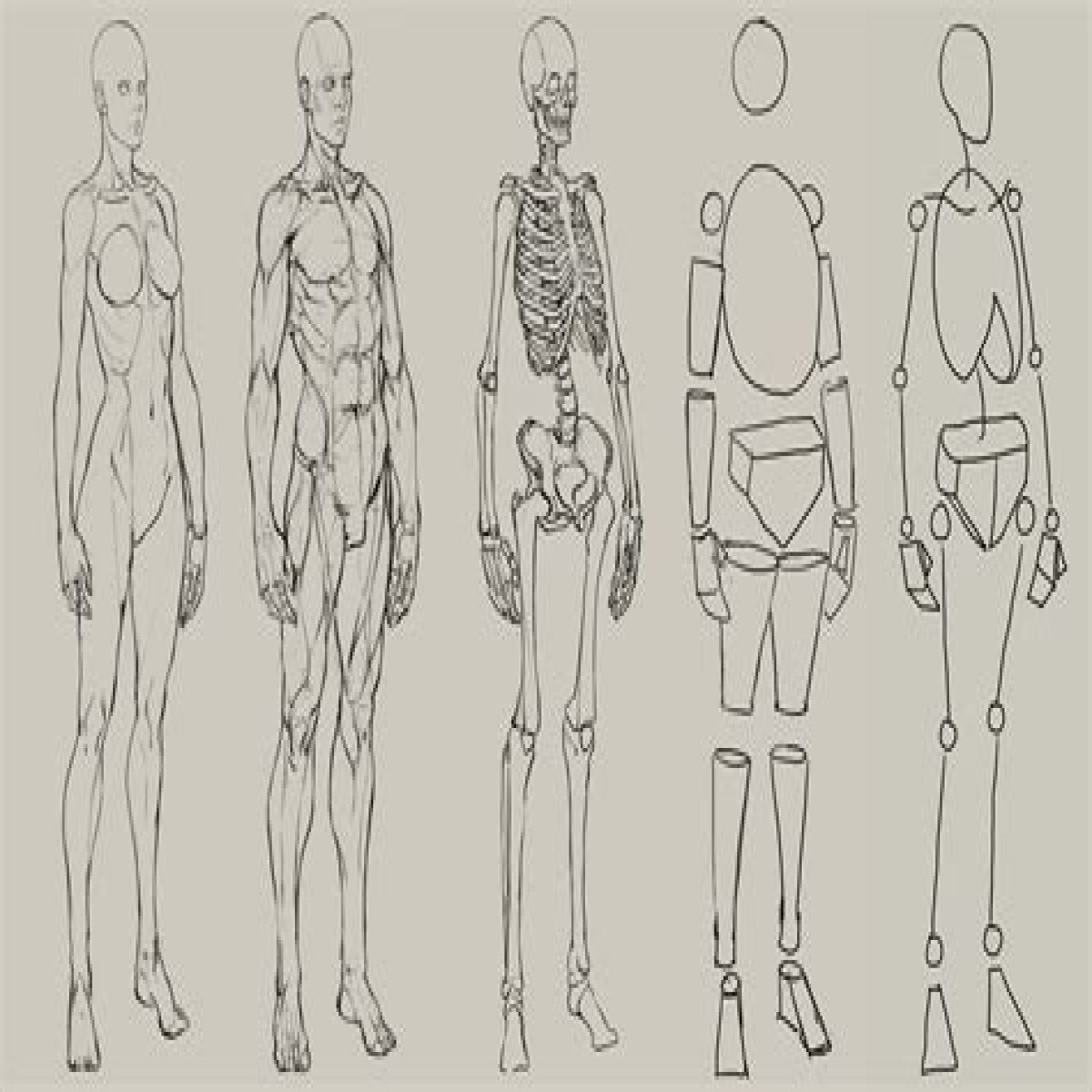Body base drawing is an essential skill for artists who aspire to create realistic and proportionate figures. It serves as the foundation for any detailed artwork, allowing artists to establish the correct posture, proportions, and movement of the human body. By mastering body base drawing, artists can enhance their techniques and produce more dynamic and lifelike representations of figures. Whether you are a beginner or an experienced artist, understanding the fundamentals of body base drawing can significantly improve your overall artistic capabilities.
In this article, we will delve into the various aspects of body base drawing, exploring its significance, techniques, and tips for improvement. We will also answer some frequently asked questions that can guide you through your artistic journey. From understanding the basic shapes that form the human figure to learning how to effectively use reference images, this guide aims to equip you with the tools necessary to excel in body base drawing.
As we journey through this topic, we will uncover the secrets of body proportions, the importance of gesture drawing, and how to incorporate different styles into your body base drawings. By the end of this article, you will have a well-rounded understanding of body base drawing, empowering you to create stunning and accurate representations of the human form.
What is Body Base Drawing?
Body base drawing refers to the initial stage of creating a figure drawing, where the artist establishes the basic structure and proportions of the human body. This process often involves the use of geometric shapes to outline the figure before adding details and refining the artwork. The goal of body base drawing is to create a solid foundation that supports the entire piece, ensuring that the final artwork is well-proportioned and realistic.
Why is Body Base Drawing Important?
Understanding body base drawing is crucial for several reasons:
- Proportions: It helps artists grasp the correct proportions of the human body, allowing for more accurate representations.
- Movement: Body base drawing aids in capturing dynamic poses and gestures, making the artwork more lively.
- Foundation: It serves as a solid base for adding details, shading, and other elements that enhance the overall artwork.
How Can Beginners Start with Body Base Drawing?
For beginners, starting with body base drawing can be a daunting task. However, here are some tips to make the process easier:
- Begin with basic shapes: Use circles, ovals, and rectangles to outline the head, torso, arms, and legs.
- Focus on proportions: Familiarize yourself with the average proportions of the human body (e.g., height divided into eight equal parts).
- Practice gesture drawing: Capture quick sketches of figures in motion to improve your understanding of body dynamics.
- Use references: Study photographs or live models to enhance your observational skills.
What Tools Do You Need for Body Base Drawing?
Having the right tools can make a significant difference in your body base drawing practice. Here are some essential tools to consider:
- Pencils: Graphite pencils of varying hardness (2H to 6B) for different shading techniques.
- Erasers: Kneaded erasers and regular erasers for clean-up and corrections.
- Sketchbooks: High-quality sketchbooks with smooth paper for easy drawing.
- Digital tools: If you prefer digital art, software like Adobe Photoshop or Procreate can be beneficial.
What Techniques Can Enhance Your Body Base Drawing?
To improve your body base drawing skills, consider incorporating the following techniques:
- Line of action: Establish a rhythm in your drawing by creating a line of action that represents the movement of the figure.
- Constructive anatomy: Study the underlying anatomy of the body to understand how the muscles and bones influence the figure.
- Value studies: Practice shading techniques to create depth and dimension in your drawings.
How Can You Measure Progress in Your Body Base Drawing Skills?
Tracking your progress in body base drawing can be incredibly motivating. Here are some ways to measure your improvement:
- Regular practice: Set aside time each week to practice body base drawing consistently.
- Self-critique: Review your older drawings and compare them to your recent work to identify areas of improvement.
- Seek feedback: Share your work with fellow artists or online communities for constructive feedback.
Who are Some Famous Artists Known for Their Body Base Drawing Techniques?
Many renowned artists have mastered the art of body base drawing. Here are a few notable names:
- Andrew Loomis: An influential figure in the art community, known for his instructional books on figure drawing.
- Figure drawing masters: Artists like Michelangelo and Leonardo da Vinci, who excelled in depicting the human form.
- Contemporary artists: Many modern illustrators and animators also emphasize body base drawing in their work.
Conclusion: Elevate Your Art with Body Base Drawing
Body base drawing is a fundamental skill that every artist should strive to master. By understanding the importance of proportions, practicing various techniques, and utilizing the right tools, you can significantly enhance your figure drawing capabilities. Remember that improvement comes with consistent practice and a willingness to learn from feedback. Embrace the journey, and watch your artistic skills flourish as you dive deeper into the world of body base drawing.
Unveiling The TikTok Cardi B PhenomenonDiscovering Sweetasssugaar: The Enigmatic Star Of Social MediaDiscovering The Magic Of The Eyup Song
